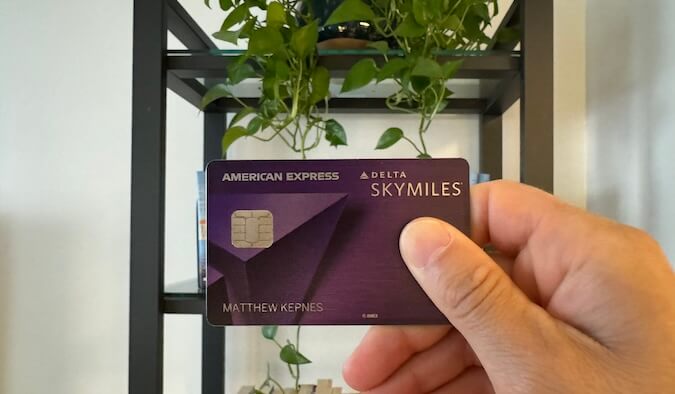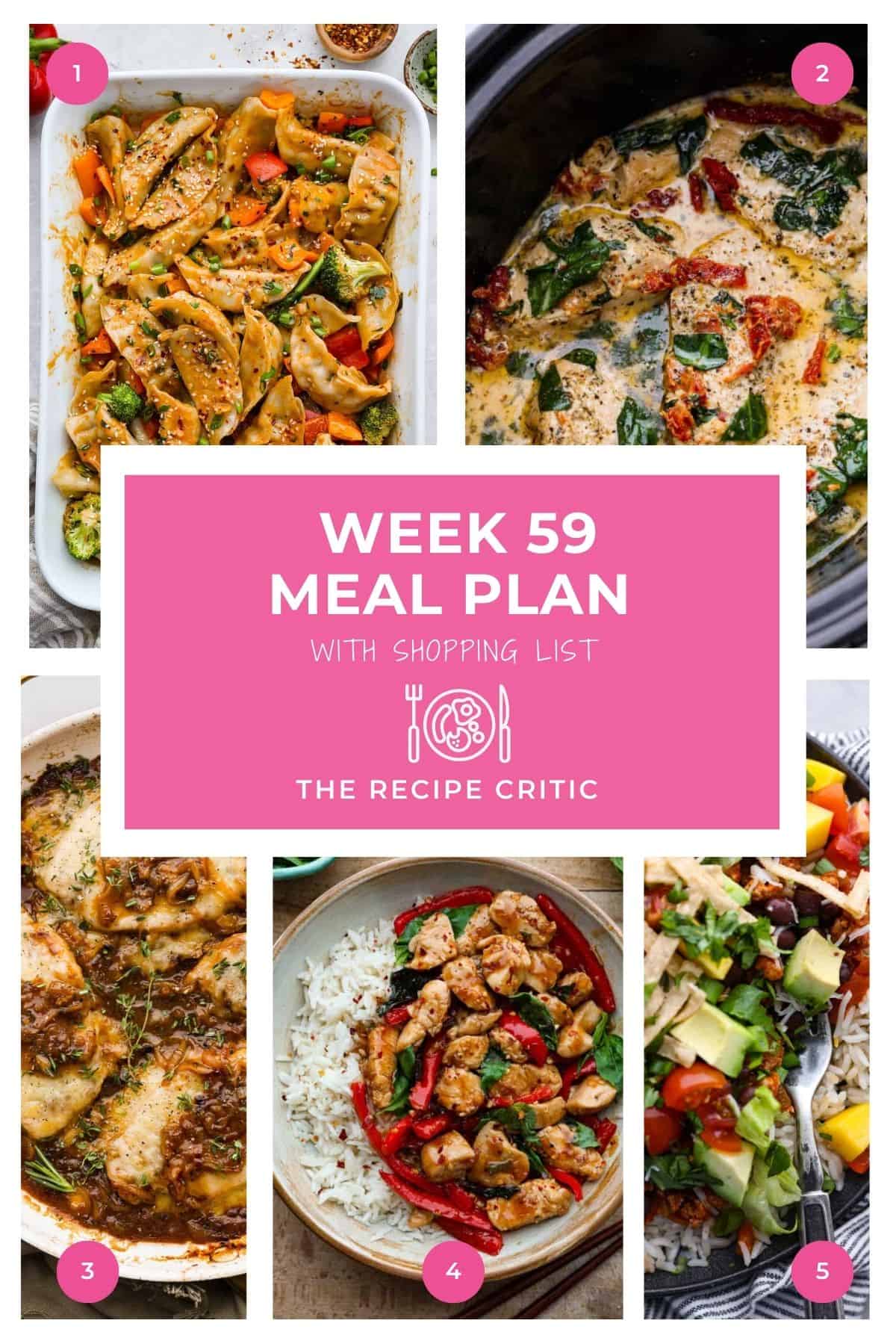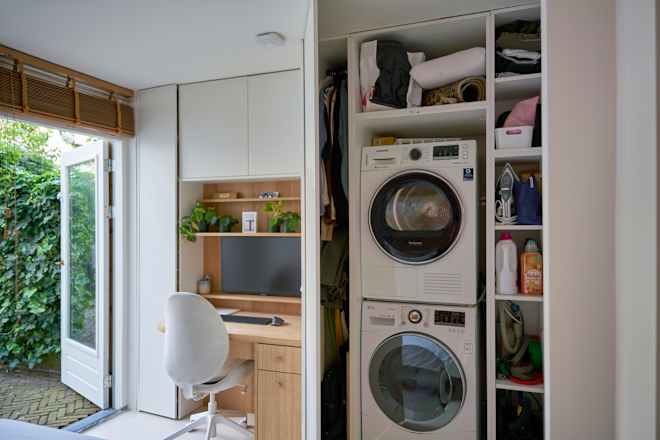Four Ways to Spot a Bad (or Unsafe) At-Home Workout Video

A few months ago, I made a dedicated Instagram account just to curate an algorithm around fitness and nutrition. I was annoyed that the algorithm on my personal account—full of baseball, hairstyle tutorials, fashion, bunny rabbits, and other forms of levity I desperately need during these trying times—was being overrun with high-protein recipes and exercise hacks. But the more I looked at the workout content my second account was suggesting, the more something stuck out to me: A lot of those videos really weren't good.
Some were simply engagement-farming nonsense suggesting I do foolish, useless things in the gym. Others, though, seemed legitimately dangerous. I started looking at the content creators' profiles and noticed a great deal of them weren't even personal trainers or otherwise certified or educated in anything related to fitness. I consider myself someone who knows what to do in the gym for the most part, but some of these people were pretty convincing when claiming to know what they were talking about. Here's what to look out for and avoid when you're choosing at-home, guided workouts to follow.
Avoid anyone who isn't clear about certification
I have absolutely no doubt there are plenty of people out there who have done their own research, toiled in the gym, and emerged from their personal wellness journeys super well-versed in all things health and fitness, all without ever taking a certification or education course in anything relevant. That does not mean you should listen to them. Even if 99 out of 100 are brilliant, right on the money with their advice, and knowledgeable about sports science, you always run the risk of inadvertently following the guidance of the one out of 100 who is not.
Certified personal trainers (CPTs), performance enhancement specialists (PESs), group fitness instructors (GFIs)—you'll be looking for a lot of acronyms, basically, and they should be right there in the trainer's bio on whatever platform you're using. If someone is certified in something like yoga, pilates, or cycling, their profile should also say that outright. If you don't see anything like that, keep it moving. Certifications are expensive and time-consuming; certified trainers advertise what they've earned upfront.
I've recommended a lot of my own favorite yoga, cycling, and pilates instructors whose classes are available on YouTube. The ones I selected all come from certified pros. As someone with a certification in teaching indoor cycling, I can't tell you how different my classes are from what I imagined they'd be like before I took my training courses. Learning about the science behind different exercises and having to prove you retained it all with a certification test is crucial to providing safe, effective instruction.
One thing I do when I see a tip on Instagram but I'm not so sure about it is I just ask a trainer at the gym. If you have a gym membership, there are probably trainers available and most of them are happy to answer a quick question—especially if it can prevent someone from getting hurt. Bring them a coffee or something the next time you go in, as a thank-you (sugar and milk on the side, of course, so as not to offend their nutritional sensibilities).
Avoid poor production quality
I have so much respect for gritty content creators who want to share their expertise and, in most cases, I don't care if a makeup tutorial or day-in-the-life vlog is shot on a noticeably bad camera or the audio is a little shaky. I commend them for having the wherewithal and the vision to try at all. That's not the case with workout instruction, though, because poor quality can lead to unsafe practices.
One of the reasons I love the Peloton app so much is that the production quality is really high—which it should be, since I and millions of others are paying $44 a month for the service. It's worth it, though, to be able to see and hear the instructors clearly so I never miss a form or safety cue.
That said, some of my favorite YouTube instructors have some shaky production and I won't lie. I love Kristina Girod as a cycling coach, for instance, but I'll admit her audio can be a little garbled from time to time. Avoiding poor production or unclear audio and video is important, but especially so when you're a beginner and you need all the help you can get. As you progress, you might be able to get by without knowing precisely what resistance a cycling instructor is calling for or whatever, but you don't want to make a habit of going rogue.
Avoid anything without variety or modifications
A one-size-fits-all approach isn't very applicable when you're setting out to work out on your own. A yoga class that's easy for you might be hard for me and while it's good that either of us is even trying it, it's not that beneficial for you to be doing something that doesn't challenge you at all, nor for me to be doing something I can't do correctly. For something to be engaging enough for you to stick with it and also still be safe enough, it needs to be a little more tailored to your skill level.
In my pilates roundup, for instance, I only included instructors who either break down their videos by skill level or provide modifications throughout the workout by verbally explaining options people at different levels can try out. If you see content labeled "all levels" but the teacher offers no modifications, you're better off spending more time looking for something that aligns with what you're able to do, specifically.
The worst offenders for this one are found on short-form video apps like Instagram and TikTok. You see a lot of people demonstrate an exercise with no clear instruction, no modifications, and no context like how long they've been training that way or what weight they're using. Replicate their vague advice (which is tailored just to their body and skills) at your own peril.
Avoid using only free instruction
I won't insult your intelligence by advising you to avoid anything that advertises you can drop a certain amount of weight or gain a specific skill in a certain amount of time; you know that's almost always nonsense. How, I ask you, can a three-week YouTube course help you lose precisely 21 pounds when it doesn't know your starting weight or anything else about you? Be serious.
But that's the problem with free content. Creators are incentivized to post sensational videos so they can monetize a higher amount of clicks. You might not want to hear this, but sometimes, you should avoid the free option. I do my best to find the top-quality free instruction that's out there, but frankly, I love my Peloton and Les Mills+ subscriptions more than I love free YouTube videos. With those, I know I'm getting guidance from educated and credentialed trainers, the production quality is going to be high, and I'm not going to be served up any clicky gimmicks. This doesn't have to break the bank. Peloton offers a version of its app to people who don't have the company's proprietary equipment for just $24 a month instead of the $44 it costs if you do have a Bike, Tread, or Row. A basic Les Mills+ membership is $15 per month.
A lot of the fitness instructors on YouTube, Instagram, and other platforms do offer paid-only content, as well. I recommend consuming their free content to feel out if they're a fit for you, then considering subscribing.
What's Your Reaction?
 Like
0
Like
0
 Dislike
0
Dislike
0
 Love
0
Love
0
 Funny
0
Funny
0
 Angry
0
Angry
0
 Sad
0
Sad
0
 Wow
0
Wow
0








































